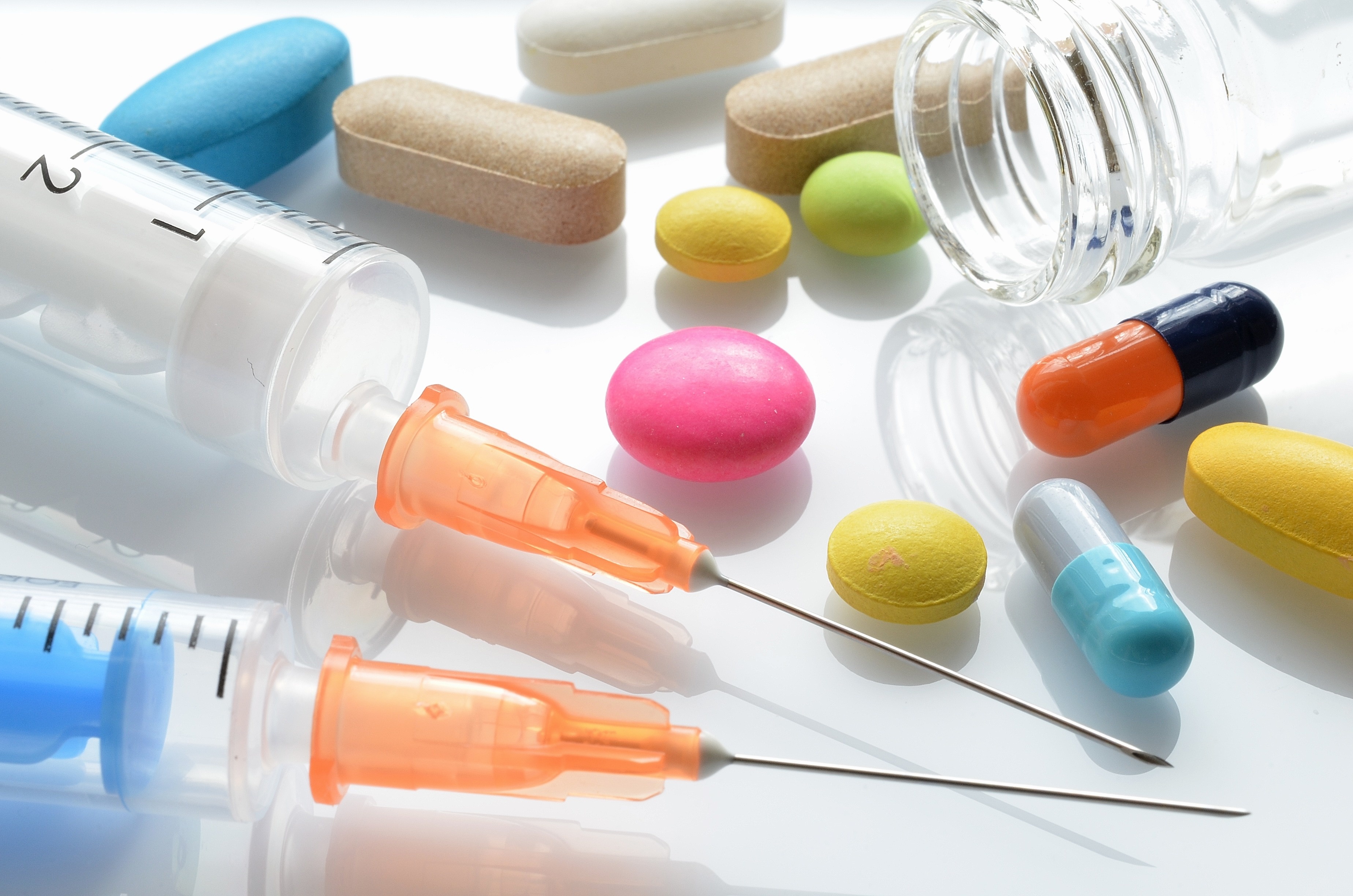Risperidone
What is risperidone?
Second generation antipsychotics (sometimes referred to as ‘atypical’ antipsychotics) such as risperidone are a newer class of antipsychotic medication than first generation ‘typical’ antipsychotics. Second generation antipsychotics are effective for the positive symptoms of schizophrenia. It is sometimes claimed that they are more effective than first generation antipsychotics in treating the negative symptoms of schizophrenia. Negative symptoms include a lack of ordinary mental activities such as emotional expression, social engagement, thinking and motivation, whereas positive symptoms include the experiences of perceptual abnormalities (hallucinations) and fixed, false, irrational beliefs (delusions).
Second generation antipsychotics may also cause less extra-pyramidal side effects. These include dyskinesias such as repetitive, involuntary, and purposeless body or facial movements, Parkinsonism (cogwheel muscle rigidity, pill-rolling tremor and reduced or slowed movements), akathisia (motor restlessness, especially in the legs, and resembling agitation) and dystonias such as muscle contractions causing unusual twisting of parts of the body, most often in the neck. These effects are caused by the dopamine receptor antagonist action of these drugs.
What is the evidence for risperidone?
Moderate quality evidence suggests risperidone may improve symptoms, agitation and reduce relapse compared to placebo. High quality evidence suggests risperidone also had greater study retention. There is a small increased risk of extrapyramidal and cardiovascular side effects with risperidone compared to placebo. Low dose risperidone (2-4 mg/day) may result in insufficient treatment response when compared to high doses (>=10 mg/day). High doses may result in less improvement than standard doses (>=6-<10 mg/day), although high doses may also result in more movement disorders.
High quality evidence suggests risperidone is more effective than first generation haloperidol for symptom severity and study retention, and moderate quality evidence suggests risperidone may also reduce the risk of psychotic relapse in chronic patients. Risperidone results in less movement disorders than haloperidol, but has a higher risk of weight gain and rhinitis than first generation antipsychotics in general.
Moderate quality evidence suggests no differences between risperidone and amisulpride for efficacy, but risperidone may result in less agitation and more weight gain. Clozapine has higher study dropout rates due to adverse effects, but risperidone had higher dropouts due to inefficacy. Risperidone is associated with greater social functioning than clozapine, but there are no differences in mental state. Risperidone may result in less hypersalivation, sedation, seizures, weight gain and triglycerides than clozapine, but more extrapyramidal side effects and altered prolactin levels.
High quality evidence suggests no differences in symptoms between risperidone and olanzapine, although risperidone may result in more study attrition. Moderate quality evidence suggests olanzapine may result in a fewer relapses. Risperidone results in less weight gain than olanzapine, but there are higher levels of extrapyramidal symptoms with risperidone. Olanzapine may result in less insomnia and less abnormal ejaculation.
Moderate to high quality evidence suggests risperidone has better efficacy for symptoms than quetiapine. Risperidone has a higher risk of extrapyramidal effects and prolactin increase, but lower cholesterol levels and less sedation than quetiapine. Moderate quality evidence suggests risperidone may produce more extrapyramidal side effects but less weight gain, less QTc prolongation, and less sexual dysfunction in men than sertindol.
High quality evidence suggests risperidone increases study attrition more than ziprasidone, and moderate quality evidence suggests risperidone also has higher efficacy for reducing symptom severity. However, risperidone may produce more extrapyramidal side effects and more cholesterol increase.
October 2020
Fact Sheet Technical Commentary
Green - Topic summary is available.
Orange - Topic summary is being compiled.
Red - Topic summary has no current systematic review available.
